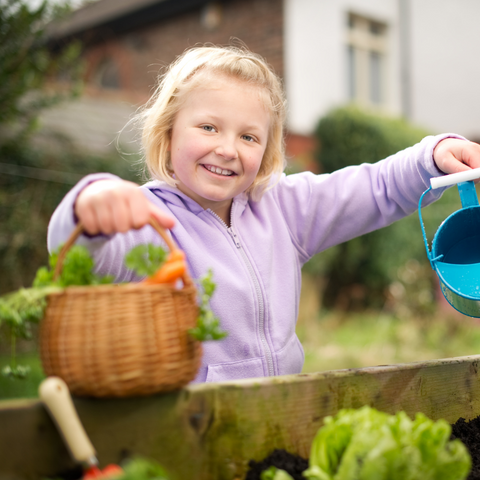Sustainable Living in 2023 | Part 1
Posted by DEBBIE PLUMRIDGE

Sustainable living means to understand how our lifestyle choices impact the world around us and finding ways to live in harmony.
This blog aims to provide a little inspiration on how you can minimise your impact on the environment, adopt a more sustainable lifestyle and maybe even save a few pennies in the process.
Sustainable living around the home
Save energy
-
By turning down the heating by one degree could save a household as much as £85 per annum according to a Which Consumer Report. Instead, put on an extra layer of clothing, hug a pet or loved one, or fill a hot water bottle to keep warm.
-
There’s an infinite source of natural heat that you can exploit during the day: the sun’s energy. Open your curtains and let the sunshine stream in.
-
Turning off unnecessary lights is one of the easiest ways to save energy.
-
Use LED lighting or CFL bulbs instead of incandescent lighting as they are proven to last longer.
-
Turn computers, electronics and any other energy-using device off when they are not in use. Better yet, unplug them if possible.
-
Hang your wet clothes on an airer or on a line instead of using a tumble dryer.
-
Set your water heater temperature no higher than 120 degrees.
-
Use less energy and heat food more quickly by putting a lid on your pots and pans.
Reduce water consumption
Direct Water Usage (from the tap)
-
Have a shower instead of a bath. It takes an average of 36 gallons to fill a bath, while the average shower (without the water-saving device) uses 5 gallons of water per minute,
-
Limit your shower time to 5 minutes. Use a bucket to catch all that excess water that normally goes down the drain while you wait for the water to heat up.
-
You can save 6 litres of water a minute by turning off your tap while you brush your teeth.
-
Get a water-saving showerhead - switching to an efficient shower head will allow you to lather up in less water, which means you'll save water and cut your bills.
-
About 30% of total water used in a home is used to flush the toilet so if it’s yellow it can mellow. Avoiding flushes can save over 6 litres of water per flush – more if you have an older toilet.
-
Installing water butts can save up to 5,000 litres of water a year. Using a hose or ideally watering cans to water plants is better than using a sprinkler system.
-
Save up your dirty clothes - washing a full machine load of clothes uses less water and energy than 2 half-loads .
-
For maximum efficiency wash only full loads of dishes and you will use less water than you would when hand washing.
-
Put a large bottle of tap water in the fridge to save waiting for the tap to run cold.
Indirect Water Usage (e.g. used during manufacturing/ processing)
-
If you’re not ready to become vegetarian or vegan just yet, try reducing your red meat consumption.
-
Switch to tea, producing coffee beans requires far more water than growing tea leaves.
-
Cutting down on sugar as sugar cane requires a huge amount of water
-
Eating non-prepared food means consuming less water, sugar, salt, preservatives and chemicals.
-
Consuming more local produce reducing the transportation footprint
-
Buying quality, not quantity
Grow your own food
-
Grow your own herbs, fruit and vegetables even if it’s just a few pots around the house.
-
Use organic fertilisers.
-
Start composting food scraps and lawn clippings.
-
Water outdoor plants in the early morning or at the end of the day to stop water immediately evaporating in sunlight and heat. Water the soil so that the liquid goes straight to the roots, where it’s needed.
-
Use planters and containers made from upcycled materials.
Reduce the use of paper
-
Purchase recycled or bamboo toilet paper\kitchen roll with plastic-free packaging.
-
Put up a no junk mail sign on your letterbox.
-
Send e-cards to family and friends.
-
Change your bills to ‘paperless’ and pay them online or by phone.
-
If you need to buy paper, buy recycled.
-
Subscripe to online magazines/newspapers.
-
Use a handkerchief instead of tissues.
Part 2 coming soon.
Resources:
https://en.reset.org/save-water-reduce-your-water-footprint/
https://friendsoftheearth.uk/sustainable-living/13-best-ways-save-water
SHARE:





